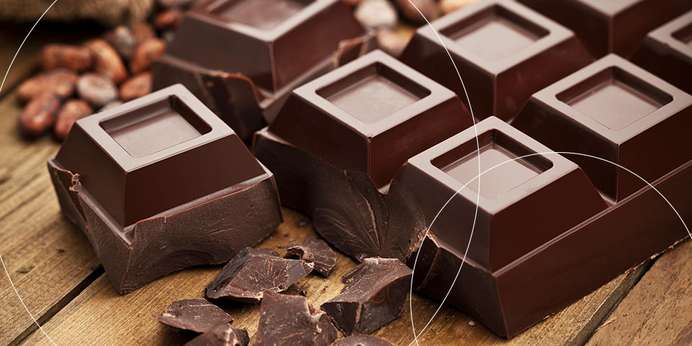
HunterLab believes in consistent, quality food delivery, and our tools to help you measure the color of your chocolate bars do just that. Learn why chocolate bar color is so important below, then browse our products so you can measure it with ease.

HunterLab believes in consistent, quality food delivery, and our tools to help you measure the color of your chocolate bars do just that. Learn why chocolate bar color is so important below, then browse our products so you can measure it with ease.
Even the same chocolate company can have many types of chocolate with different cocoa types, cocoa percentages, and milk content, resulting in vastly different-looking bars. It's easy to see why chocolate color varies so much.
Of course, every ingredient in chocolate will affect the final chocolate bar color, and lower-quality chocolate bars tend to use other ingredients as fillers to extend the life of their cocoa supply. In this instance, color and taste go hand in hand, and savvy consumers may be wary of chocolate that appears lighter than expected for this very reason.
When you send your chocolate out to grocery stores and other second-hand suppliers, your products are likely going to be surrounded by other brands' chocolate bars. Before they can take a look at the delicious treat inside, they'll examine the package for important information like cocoa content. Even more than that, though, they may be taking in the design on the packaging and choosing the most colorful or exciting option in the lineup.
So, while chocolate quality and color are vital to your long-term success, make sure you spend just as much time on the bar's exterior as what's inside.
The good news about chocolate is that it doesn't expire. However, most bars have a “best by” date so consumers can avoid the effects of aging chocolate. Like most foods, chocolate may begin to smell or taste different once it's past its prime, but perhaps the most obvious indicator of subpar chocolate is fat blooming.
Fat blooms occur when the liquid fat in chocolate crystallizes, resulting in a white-gray hue on the bar. Fat blooms often give the chocolate a gritty texture, which can be off-putting to some, even if it is still safe to eat.
When it comes to chocolate bar color measurement, consistent color means consistent flavor that your customers will purchase again and again. Make sure your brand is on target with every batch you distribute with Aeros, HunterLab's premier color measurement solution. Contact us today to get a quote on your new favorite tool.
Mr. Philips has spent the last 30 years in product development and management, technical sales, marketing, and business development in several industries. Today, he is the global market development manager for HunterLab, focused on understanding customer needs, providing appropriate solutions and education, and helping to solve customer color challenges across these industries and cultures.LinkedIn